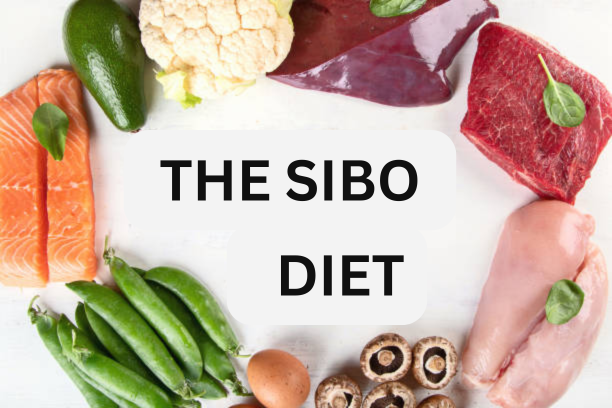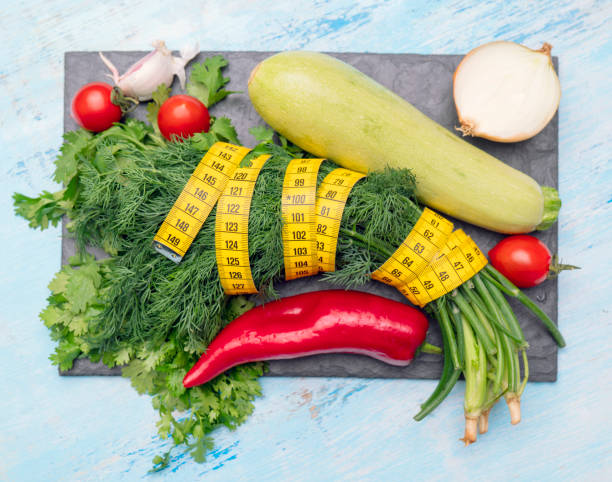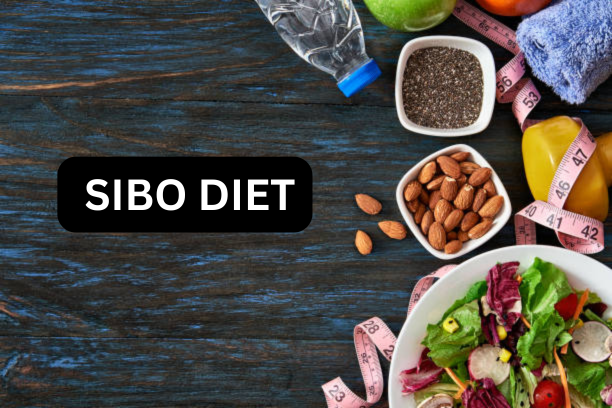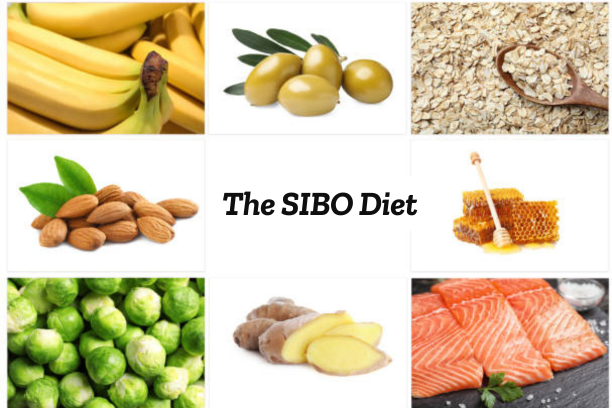The SIBO Diet
Minimal Stomach related Bacterial Overabundance (SIBO) is a condition wherein a nonsensical degree of natural elements accumulates in the little gastrointestinal system. The little stomach related framework, under ordinary circumstances, should have commonly low levels of microorganisms, especially diverged from the colon. Right when this balance is upset, it can provoke an extent of stomach related incidental effects, including enlarging, free entrails, blockage, gas, stomach torture, and malabsorption of enhancements.
One of the most amazing approaches to regulating and treat SIBO is through dietary changes. The SIBO diet, regularly got together with hostile to microbial or local prescriptions, is expected to lessen the abundance of microorganisms in the little stomach related framework by confining such food assortments that feed these tiny living beings. This guide will give a framework of SIBO, its secondary effects, and how the SIBO diet can be used as an element of an overall treatment plan.
What is SIBO?
SIBO happens when there is an unusual expansion in the quantity of microorganisms in the small digestive tract. Under ordinary circumstances, most of microbes are situated in the internal organ (colon), where they assist with absorption and maturation. Nevertheless, when the little stomach related framework becomes home to an overflow of minute life forms, it can hinder average handling and ingestion of enhancements.
There are a couple of elements that can add to the improvement of SIBO, including:

- Dysmotility: Diminished development in the small digestive system, which can permit microorganisms to multiply.
- Underlying abnormalities: Conditions like diverticula (pockets in the gastrointestinal wall) or past medical procedures that influence the digestive life structures.
- Low stomach acid: Stomach corrosive aides kill microscopic organisms, so a decrease in stomach corrosive creation can add to SIBO.
- Immune system dysfunction: The body’s resistant framework assumes a part in controlling microscopic organisms levels, and brokenness can prompt an excess.
- Antibiotic use: Abuse or ill-advised utilization of anti-infection agents can disturb the normal equilibrium of stomach microorganisms.
Symptoms of SIBO
The symptoms of SIBO can be unclear and may cover with other gastrointestinal problems, making it trying to examine. A few normal side effects include:
- Protruding and distension: The assortment of gas made by microorganisms developing undigested food can provoke an expanded and extended midriff.
- Free guts or constipation: The overabundance of microorganisms can impact motility, provoking either the runs or stopping up, or on occasion moving ever changing between the two.
- Beyond ridiculous gas and flatulence: The development of carbs by microorganisms produces gases like hydrogen and methane, which can provoke outlandish burping or passing gas.
- Stomach discomfort: Swelling, cramps, and an overall vibe of culmination are typical.
- Supplement deficiencies: SIBO can dial back the maintenance of key enhancements, provoking needs supplements and minerals, similar to vitamin B12, iron, and fat-dissolvable supplements.
- Fatigue: In light of malabsorption and supplement needs, individuals with SIBO regularly experience progressing weariness.
Diagnosing SIBO
SIBO is Diagnosing through a blend of clinical history, side effects, and demonstrative tests. The most broadly perceived test is the lactulose breath test or the glucose breath test, which gauges the levels of hydrogen and methane gases in the breath directly following consuming a sugar plan. Raised levels of these gases show an overabundance of minuscule living beings that age the sugars.
It’s indispensable to observe that SIBO gives incidental effects to a couple of other gastrointestinal conditions, including crabby inside condition (IBS), Cohn’s disorder, and celiac contamination, so blocking various purposes behind the Symptoms is basic.
The Role of Diet in Managing SIBO
While anti-toxins or home grown medicines are in many cases the essential way to deal with treating SIBO, dietary changes expect a fundamental part in managing the condition. The target of the SIBO diet is to lessen the openness of fermentable starches that feed the organisms in the little gastrointestinal system. By starving the congested microbes, the eating routine can assist with decreasing Symptoms and backing recuperating.
A few different dietary techniques can be used in regulating SIBO, with the most notable being the Low FODMAP Diet and the Specific Starch Diet (SCD). Both of these eating regimens hope to confine the confirmation of explicit carbs that are ineffectually devoured by the little stomach related framework, in this manner diminishing the food supply for the microorganisms.
1. Low FODMAP Diet
The Low FODMAP Diet kills food sources high in these fermentable sugars to diminish bacterial maturing in the little stomach related framework.

Food varieties high in FODMAPs include:
- Certain natural items like apples, pears, and stone regular items (e.g., peaches, plums)
- Dairy things containing lactose, for instance, milk, frozen yogurt, and sensitive cheeses
- Certain vegetables like onions, garlic, cauliflower, and asparagus
The Low FODMAP diet is consistently executed in three phases:
- Stage 1 (Elimination): High-FODMAP food sources are disposed of for 4 a month and a half.
- Stage 2 (Reintroduction): Gradually once again introduce individual high-FODMAP food sources to evaluate resilience.
- Stage 3 (Personalization): Make a drawn out eating plan that incorporates just the FODMAP food sources you can endure.
2. Specific Starch Diet (SCD)
The Particular Starch Diet is one more dietary methodology used to treat SIBO. The SCD kills most sugars, beside monosaccharides, which are more clear for the body to process and acclimatize. This assists with limiting bacterial maturation in the small digestive system.
The SCD eliminates:
- Grains (counting wheat, rice, and oats)
- Handled food varieties containing sugars, starches, or additives
- Vegetables (aside from specific beans)
- Dairy items that contain lactose (however matured dairy like yogurt is permitted)
Not in any way shape or form like the Low FODMAP diet, the SCD allows a couple of verdant food sources that are not high in sugars or starches, similar to bananas, berries, carrots, and spinach. The idea is that by diminishing complex carbs and focusing in on extra really eatable food sources, the minuscule creatures in the little gastrointestinal system will not have a food source, decreasing their numbers.
3. Elemental Diet
For individuals who have more serious occasions of SIBO, the elemental diet may be proposed. This is a liquid eating routine made of helpfully polished off supplements in their most un-troublesome design, regularly as amino acids, glucose, and central fats. The fundamental eating routine is expected to give all of the significant enhancements while allowing the stomach to rest and patch. It can help with starving the organisms in the little gastrointestinal system, provoking a lessening in secondary effects.
The fundamental eating routine is consistently used as a transient plan, much of the time under clinical watch, and isn’t normal for long stretch use in light of its restrictive nature.

Foods to Eat and Avoid on the SIBO Diet
While the SIBO diet can vary depending on the specific approach used, there are a few basic rules on which food sources are normally suggested and which ought to be stayed away from:
Food to Eat:
- Lean proteins: Chicken, turkey, fish, and eggs
- Low-FODMAP vegetables: Zucchini, spinach, carrots, cucumbers, and ring peppers
- Non-dairy alternatives: Almond milk, coconut milk (unsweetened)
- Low-sugar fruits: Berries, bananas (with some restriction), citrus normal items
- Rice and quinoa (with some restriction, for those not on the SCD)
- Developed foods: Sauerkraut, kimchi, and sans lactose yogurt (for stomach health support)
Food varieties to Avoid:
- High-FODMAP foods: Apples, pears, onions, garlic, and beans
- Dairy products: Milk, cream, frozen yogurt, and cheddar containing lactose
- Grains: Wheat, oats, grain, and other gluten-containing grains
- Sweeteners: Honey, agave, and sugar alcohols like sorbitol.
Conclusion
Managing SIBO through diet is an essential part of an effective treatment plan. By understanding what various food sources mean for the equilibrium of microscopic organisms in the small digestive system, people with SIBO can diminish side effects and advance stomach mending. Whether utilizing the Low FODMAP Diet, Explicit Sugar Diet, or Essential Eating regimen, it’s critical to work with a medical care supplier or nutritionist who has some expertise in gastrointestinal problems to guarantee that the eating routine is fitting and feasible.
Dietary changes alone may not be sufficient to treat SIBO, however they can assume a urgent part in easing side effects and forestalling backslide. When joined with different medicines like anti-toxins, natural cures, and Prokinetics prescriptions, the SIBO diet can provide significant relief and support long-term gut health.
[sp_easyaccordion id=”4439″]
